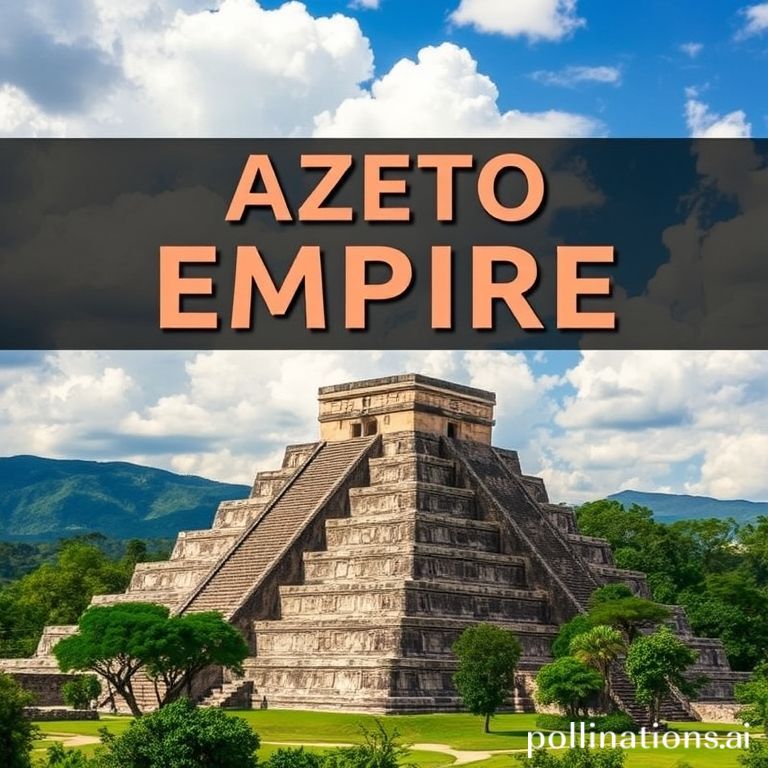The Aztec Empire, a civilization renowned for its complex social structure, impressive architectural feats, and unique cultural practices, continues to fascinate historians and enthusiasts alike. While many are familiar with the broad strokes of Aztec history – their rise to power, their sophisticated agricultural techniques, and their eventual conquest by the Spanish – there’s a wealth of lesser-known facts that paint a richer, more nuanced picture of this remarkable society. Prepare to delve beyond the typical textbook narrative and uncover some surprising aspects of the Aztec Empire that you probably didn’t know.
From their unusual dietary habits to their surprisingly democratic aspects of governance and their advanced understanding of mathematics and astronomy, the Aztecs were a civilization of remarkable innovation and complexity. Join us as we explore these hidden facets of their history, revealing the ingenuity and resilience that defined the Aztec people and their legacy.
Beyond Human Sacrifice: Daily Life in the Aztec Empire
While the practice of human sacrifice often dominates the narrative surrounding the Aztecs, it’s important to remember that this was just one aspect of a complex and multifaceted society. Daily life for the average Aztec citizen revolved around agriculture, trade, and family. They were skilled farmers, cultivating crops like maize, beans, and squash using innovative techniques such as chinampas, or “floating gardens,” which allowed them to maximize agricultural output in the swampy environment of the Valley of Mexico. Beyond agriculture, skilled artisans crafted intricate pottery, textiles, and metalwork, contributing to a vibrant economy fueled by trade and tribute.
Aztec Diet: More Than Just Maize
- Insects as a Food Source: The Aztecs were known to consume insects like grasshoppers, mealworms, and ant larvae, which provided a valuable source of protein.
- Chocolate Was a Luxury: Cacao beans were highly prized and used to make a bitter drink flavored with spices and chili peppers, primarily consumed by the elite.
- Chinampas and Sustainable Farming: Their innovative “floating gardens” not only maximized food production but also contributed to a sustainable ecosystem.
Aztec Governance: A Blend of Hierarchy and Democracy
The Aztec Empire was ruled by a supreme leader, the Tlatoani, who held immense power. However, the Aztec government wasn’t simply an autocracy. A council of nobles and priests advised the Tlatoani, and there were elements of meritocracy within the social structure. Skilled warriors and administrators could rise through the ranks, gaining influence and prestige based on their accomplishments. This blend of hierarchy and social mobility contributed to the stability and effectiveness of the empire.
Beyond the Emperor: Councils and Social Mobility
- The Council of Four: This group of high-ranking officials advised the Tlatoani on matters of state and played a crucial role in decision-making.
- Military Achievements and Social Status: Success in battle could lead to significant advancements in social standing, regardless of one’s birth.
- Education for All (Almost): While elite children received specialized training, commoners also had access to education in basic skills and civic duties.
Advanced Knowledge: Math, Astronomy, and Engineering
The Aztecs possessed a sophisticated understanding of mathematics, astronomy, and engineering. They developed a complex calendar system that was remarkably accurate, and their knowledge of celestial movements allowed them to predict eclipses and other astronomical events. Their architectural achievements, such as the construction of massive pyramids and temples, demonstrate their mastery of engineering principles. They were also skilled in hydraulic engineering, building aqueducts and canals to manage water resources and support their agricultural system.
Engineering Marvels and Accurate Calendars
- The Aztec Calendar Stone: This massive stone sculpture demonstrates their advanced astronomical knowledge and calendar system.
- Tenochtitlan’s Aqueducts: These impressive structures provided the city with a reliable source of fresh water.
- Chinampa Construction: The creation and maintenance of chinampas required a deep understanding of hydrology and soil science.
Conclusion
The Aztec Empire was far more than just a civilization defined by human sacrifice. They were innovative farmers, skilled artisans, shrewd administrators, and accomplished scientists. By delving into these lesser-known aspects of their history, we gain a deeper appreciation for the complexity and ingenuity of the Aztec people and their lasting legacy. Their contributions to agriculture, engineering, and governance continue to resonate today, offering valuable insights into the rise and fall of one of history’s most fascinating empires.
If you enjoyed this article, don’t forget to explore more inspiring stories on Life in Mexico!
IMAGE: A vibrant and detailed digital painting depicting the bustling marketplace of Tenochtitlan. The scene is filled with people in colorful Aztec clothing, trading goods such as pottery, textiles, food, and feathers. In the background, the majestic pyramids and temples of the city rise against a bright blue sky. The overall mood is lively and prosperous, with warm, sunny lighting. Style: Realistic fantasy art.


